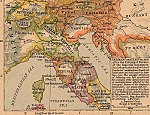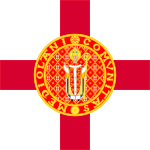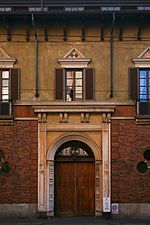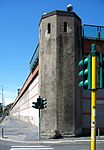Bagatti Valsecchi Museum

The Bagatti Valsecchi Museum is a historic house museum in the Montenapoleone district [1] of downtown Milan, northern Italy. The Bagatti Valsecchi Museum's permanent collections principally contain Italian Renaissance decorative arts (such as maiolica, furniture, tapestry, metalwork, leather, glassware and precious table-top coffers made of ivory, or “stucco and pastiglia”), some sculptures (including a Madonna and Child lunette by a follower of Donatello), and many paintings. European Renaissance weapons, armor, clocks and a few textiles and scientific and musical instruments complete the collection assembled by the Barons Bagatti Valsecchi, and displayed in their home, as per their wishes.
Excerpt from the Wikipedia article Bagatti Valsecchi Museum (License: CC BY-SA 3.0, Authors, Images).Bagatti Valsecchi Museum
Piazzale Francesco Baracca, Milan Municipio 1
Geographical coordinates (GPS) Address Nearby Places Show on map
Geographical coordinates (GPS)
| Latitude | Longitude |
|---|---|
| N 45.4666 ° | E 9.1666 ° |
Address
Casa Laugier
Piazzale Francesco Baracca
20123 Milan, Municipio 1
Lombardy, Italy
Open on Google Maps











